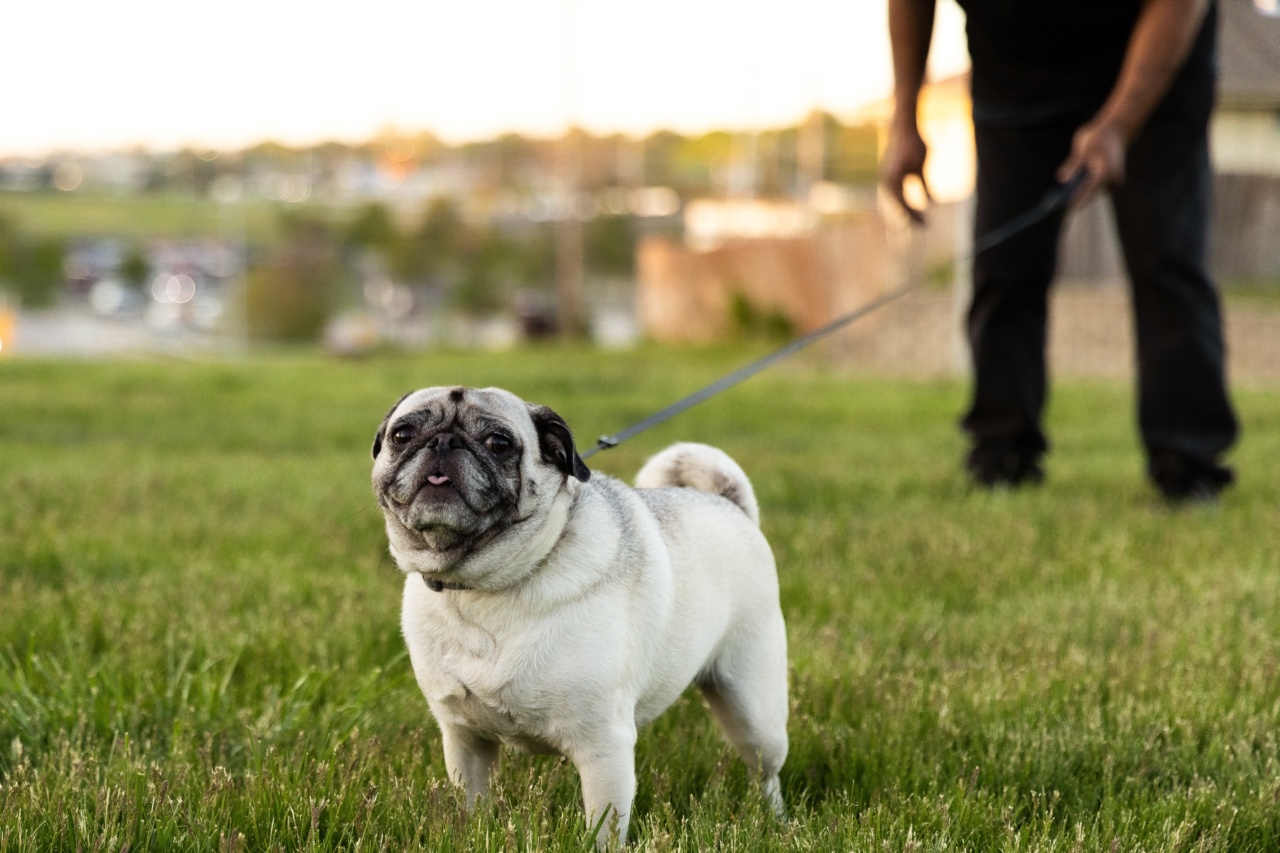Walking your dog can be a fun and enjoyable activity, but it can also be stressful if you encounter another dog on leash. Many dogs experience anxiety when on a leash, and if approached by another dog, can become defensive and aggressive.
However, with proper training and handling, you can ensure that your dog remains calm and well-behaved when encountering other dogs on leash.
Understand Your Dog’s Body Language
Before you take your dog for a walk, it is important to understand their body language and how they communicate with other dogs. Signs of stress may include yawning, whining, growling, or barking.
Similarly, a wagging tail may not always indicate a friendly interaction. If your dog seems fearful or anxious around other dogs, it may be best to stay clear of them and give your dog space to relax and calm down.
Teach Your Dog Basic Commands
Before going on a walk, it is important to teach your dog basic obedience commands, such as “sit,” “stay,” and “heel.” These commands can help you control your dog when encountering another dog on leash.
In addition, training your dog to focus on you in distracting environments can help distract them from potentially stressful situations.
Be Prepared
When walking your dog, it is always a good idea to come prepared with proper equipment. This may include a sturdy leash, a treat pouch, and a loud whistle or air horn that can be used to signal other dogs to stay away.
If you know that your dog is reactive to other dogs, consider using a basket muzzle to prevent any aggressive behavior.
Give Other Dogs Space
When approaching other dogs, it is important to give them enough space to approach or retreat as they choose. This may involve crossing the street or walking in a different direction to avoid potential conflict.
If the other dog is off-leash and appears friendly, ask the owner’s permission before allowing your dog to say hello.
Keep Your Dog Calm
If your dog becomes anxious or aggressive around other dogs, it is important to remain calm and in control. Speak to your dog in a calm, soothing voice, and use your obedience commands to redirect their attention.
Reward your dog for calm behavior, and avoid scolding or punishing them for any negative behavior.
Know When to Seek Professional Help
If your dog has a history of aggression or anxiety around other dogs, it may be necessary to seek professional help in the form of a certified dog trainer or behaviorist.
These professionals can assess your dog’s behavior and provide targeted training to address any issues.
Practice, Practice, Practice
The more you practice walking your dog around other dogs, the more comfortable they will become. Start with short walks in low-stress environments, and gradually work up to longer walks in busier places.
With proper training, patience, and consistency, your dog can learn to handle dog-to-dog encounters on leash with confidence and calmness.
Conclusion
Encounters with other dogs on leash can be a stressful experience for both you and your dog. However, with proper training and preparation, you can ensure that your dog remains calm and well-behaved in these situations.
By understanding your dog’s body language, teaching basic obedience commands, and practicing in low-stress environments, you can help your dog become a confident and well-adjusted companion.






























